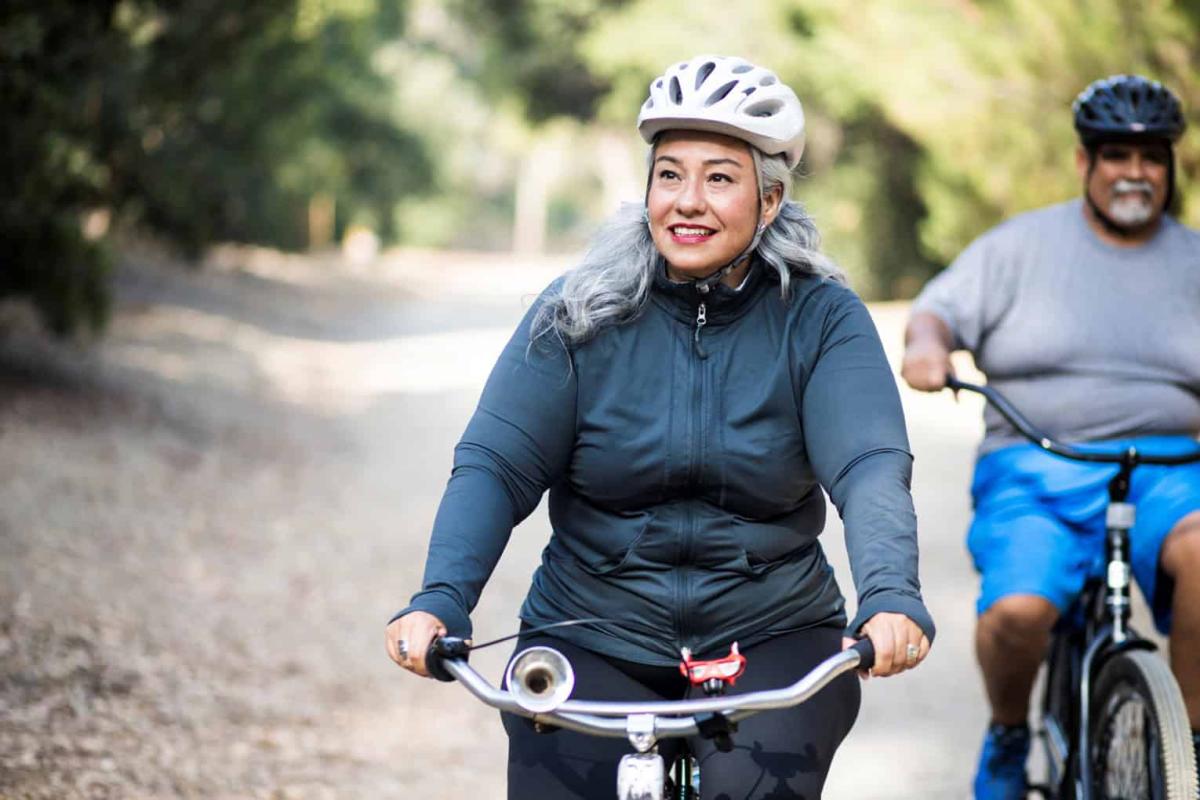
Whether you're biking for leisure, commuting, or exercising, safety should always be your top priority. One of the most effective ways to protect yourself while cycling is by wearing a bike helmet. Helmets are a simple and essential piece of gear that can dramatically reduce the risk of injury, especially in the event of a crash. Here's why helmets are so crucial and some key tips on choosing and maintaining your helmet.
Helmets Reduce the Risk of Brain Injury by Up to 87%
The most compelling reason to wear a helmet is that it significantly reduces the risk of brain injuries. According to studies, helmets can reduce the risk of brain injury by up to 87% in the event of an accident. Given that cyclists are at risk of falling or colliding with objects, wearing a helmet can make the difference between a minor incident and a life-changing injury.
Rising Bike vs. Car Related Crashes
In recent years, the number of bike-related accidents involving cars has risen. With more people opting for cycling as a mode of transportation, the roads are becoming more crowded, leading to a higher likelihood of accidents. According to the Cleveland Clinic, over 130,000 cyclists are injured in the U.S. annually following crashes. Even more concerning is that nearly 1,000 cyclists die each year due to bike-related accidents.
As cycling becomes more popular, the risks associated with sharing the road with vehicles also grow. This makes it even more important to equip yourself with a helmet that will provide essential protection if you're involved in a crash.
Helmets Are for All Ages
Helmets aren't just for adults, they're essential for cyclists of all ages, including children. In fact, the U.S. Centers for Disease Control and Prevention (CDC) reports that children and teens are at the highest risk for cycling injuries. Ensuring your child wears a helmet while riding their bike can greatly reduce their risk of head injuries. For adults, wearing a helmet not only protects you but also sets a good example for younger cyclists.
Avoid Used Helmets if Possible
When purchasing a bike helmet, it's always best to buy new rather than opting for a used one. Used helmets may have been involved in a previous crash, which could have compromised their ability to protect you. Helmets are designed to absorb the impact of a crash, but once that impact occurs, the helmet's protective abilities are significantly reduced.
Helmets should be replaced if you see evidence of:
- Cracks in the shell or liner – A cracked helmet may not perform as intended in a crash.
- A crushed or cracked foam liner – Helmets have foam liners designed for single-impact use. After a serious fall, the foam may be compromised and unable to protect you again.
- Worn-out straps – Straps that no longer secure the helmet properly are a safety hazard. Helmets should fit snugly to be effective, so replacing damaged straps is crucial.
- Missing pads or parts – A helmet is only as safe as the sum of its parts. Missing components reduce its effectiveness, so always check for completeness before use.
Conclusion: Safety First Biking can be an exhilarating and eco-friendly way to get around, but it comes with risks. Whether you're biking in the city or out on a trail, wearing a helmet is one of the simplest and most effective ways to protect yourself. Helmets reduce the risk of brain injuries significantly, and with the rise in bike-related accidents, there's no reason to ride without one. Be sure to choose a new helmet, inspect it for damage regularly, and replace it when necessary to ensure your safety on every ride. So next time you gear up for a bike ride, remember: your head is worth protecting!



